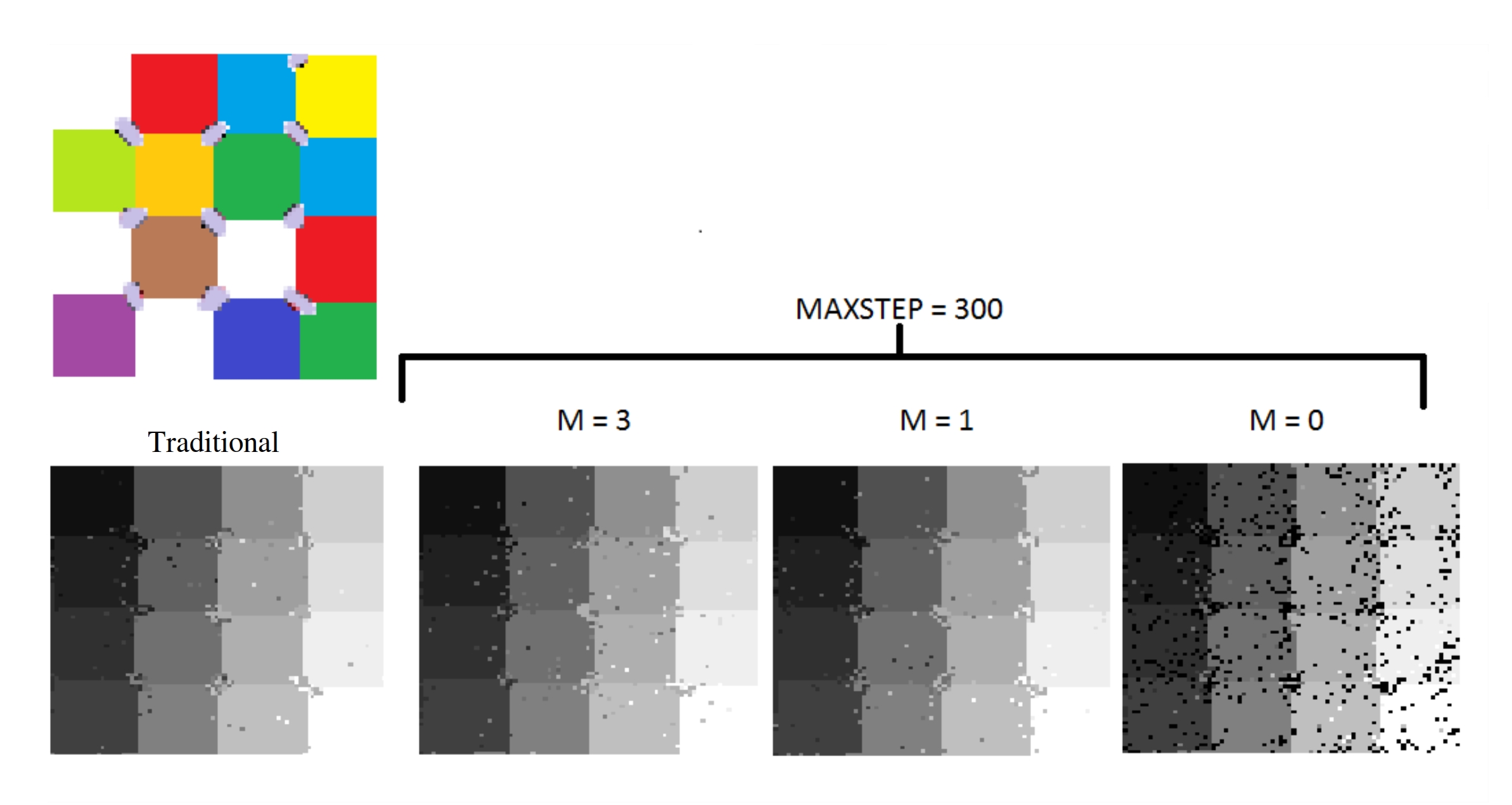A list of graduate courses I took, BSc and MSc theses, and other written work.
Documents, Publications & Courses
Graduate Courses
Design and Analysis of Algorithms
Stochastic Simulation
Machine Learning
Artificial Intelligence for 3D Games
Computer Animation and Games
Narrative Study in Databases
Software Transparency
Introduction to Multi Agent Systems
GPA 9.3/10.0
A Framework for TV Game Shows with Augmented Reality and Second Screen
April 2015
Authors: Antonio Lutfi, Bruno Feijó
My MSc thesis, in Portuguese, originally titled “Um Framework para Game Shows Interativos de TV com Realidade Aumentada e Segunda Tela”. It proposes a framework for the development of interactive TV game shows using Augmented Reality in TV studios, which allows the participation of viewers using tablets and smartphones as the Second Screen. It also investigates new convergence paradigms between TV and video games, utilizing the concept of Play/Flow by Mihaly Csikszentmihalyi as the desirable state to achieve while playing. All the code in this project was written in Python.
Full text(Portuguese)
| Summary(English)
HTML Code Documentation
Project Source (Python)
Simple test case, a game of Checkers (Python)
Augmented Reality and Advertising: How far can this relationship go?
November 2010
Authors: Antonio Lutfi, Alberto Raposo
A summary of my original senior thesis, published at the VII Augmented and Virtual Reality Workshot (WRVA’2010), in São Paulo. Originally titled “Realidade Aumentada e Publicidade: Até onde pode ir essa relação?”
The Relationship between Augmented Reality and Advertising, a Critical Survey
June 2010
Authors: Antonio Lutfi, Alberto Raposo
My senior thesis, in Portuguese, originally titled “Análise Crítica: A Relação entre Realidade Aumentada e Publicidade”. It presents an analysis of the Augmented Reality applications in Advertising in 2010, its advantages, conceptual limitations and opportunities for improvement using advertising theorists as base for the evaluation. It takes the relationship between the two fields as an example of communication between Academic Research and Market.
Full text(Portuguese)
Stock Price Variaton SVM Classifier
December 2012
Authors: Antonio Lutfi, Andre Novaes
Originally titled “Classificador de variações de preço para ações na bolsa”, describes the results of an experiment for my Machine Learning class. We used a Support Vector Machine (SVM) to decide how a future stock price would behave relative to minimum and maximum thresholds.
Full text(Portuguese)
Region Detection in Images

Coded in R, it uses random walks in images to segment them into regions. We implemented the original Algorithm by Leo Grady, as well as an altered version that sets the maximum number of steps in a walk, limiting the computing time. It’s a trade-off between accuracy and performance.
This was a requirement for a Stochastic Simulation course and was made by me and Ericsson Leal.
Source (R)
Presentation PPT(Portuguese)
The Construction Process of an Expanded Language Lexicon for Software Transparency
November 2010
Authors: Priscila Engiel, Marília Guterres Ferreira Antonio Lutfi Julio Cesar Sampaio do Prado Leite
A summary of the work done by the class of a one semester graduate course in software transparency, published at WTRANS13: Transparency in Systems Workshop, 2013, in Brasília. Originally titled “O Processo de Construção de Léxico Ampliado da Linguagem para a Transparência”